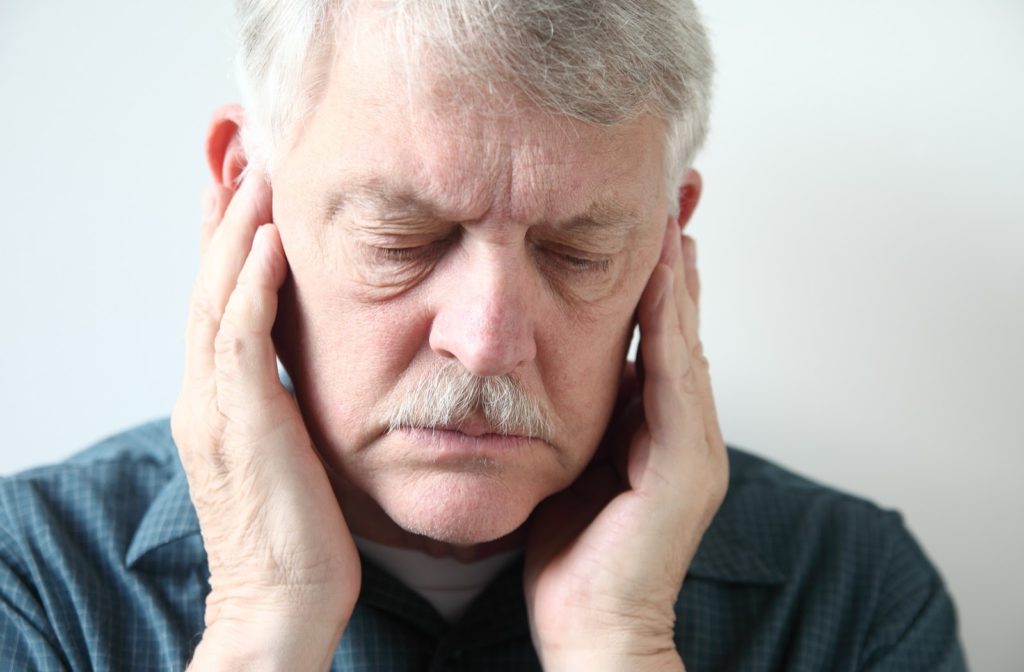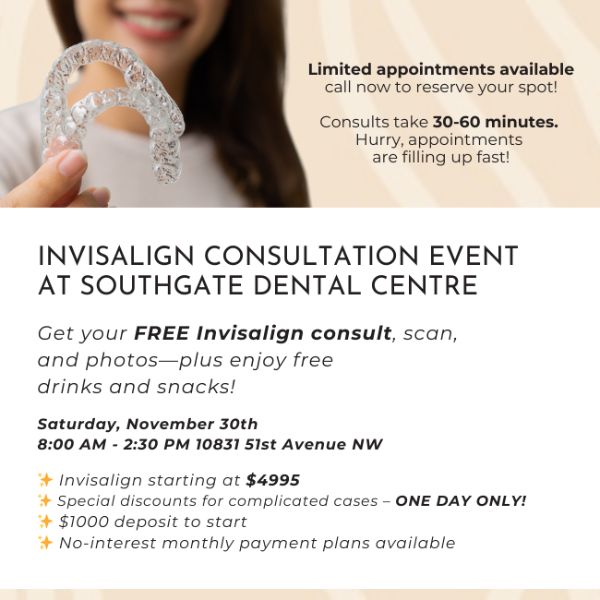Jaw pain can be the result of several different things but is commonly associated with issues in the temporomandibular joint. Several simple exercises can be done at home or at work to manage this discomfort.
If you feel severe pain, it is best to consult a dentist for a professional assessment. If pain is mild, following these self-care exercises can gradually reduce the negative impact TMJ has on your life.
What is TMJ?
TMJ stands for temporomandibular joint. This is the hinge that connects your lower jaw (mandible) to your skull, just in front of the ear opening. The TMJ is made up of bone, cartilage, and ligaments, and acts as a mechanism for chewing, speaking, and breathing.
TMJ disorders are common, with over 10 million people in North America experiencing some form of pain related to the jaw joint.
TMJ vs TMD
Temporomandibular joint disorders can be abbreviated as TMD or TMJD. Although these abbreviations distinguish joint disorders from simply the joint itself, TMJ has become a synonymous term when discussing jaw pain.
So for practical purposes, TMJ refers to both the joints that connect your jaw to your skull and also to the group of disorders that cause pain in this area.
Causes & Symptoms of TMJ
Doctors do not always know the reasons behind TMJ disorders, but there are some known causes and, at times, very obvious origins of jaw pain. Dental exams provide expert insight into potential causes of TMJ and can help diagnose associated symptoms.
Common Causes
- Jaw or head injury
- Arthritis
- Chronic teeth grinding/clenching
- Mental stress
- Orthodontic problems
- High physical impact
- Opening your mouth very widely (ex: like when you eat a hamburger)
- Frequent chewing (ex: chewing gum)
Signs & Symptoms
The symptoms of TMJ can be felt in the jaw, the ears, or other parts of the head. The following symptoms are potential signs that you may have a TMJ disorder:
- Jaw pain
- Jaw noises (clicking, popping)
- Earaches
- Irregular ear popping
- Sore jaw muscles
- Headaches
- Temple pain
- Locked jaw (when open or closed)
- Chewing pain
These symptoms can happen on only one side, or both.
TMJ Pain Relief Exercises
These exercises are all designed to relieve pain symptoms that are a result of TMJ disorders. Ideally, these exercises gradually reduce pain and make your muscles stronger. There may be an initial discomfort when performing these activities, but if pain levels intensify during or after exercises it’s time to visit the dentist.
Some exercise programs combine a series of movements with specific intentions for the muscles and joints. These include Rocabado’s 6×6 Exercise Routine and Kraus’ TMJ Exercises. But common exercises can be categorized into a few movement groups.
Relaxed Jaw
Place your tongue against the roof of your mouth just behind your front teeth. Allow your jaw to naturally drop, leaving your mouth partially open. Hold until the muscles feel relaxed.
Tongue Up Exercise
With your tongue pressed against the roof of your mouth, slowly open and close your jaw several times.
Resisted Mouth Opening
Place your thumb under your chin and press upwards as you try to open your jaw. Keep the muscle resisted for 3-6 seconds then slowly close your jaw.
Resisted Mouth Closing
Place both index fingers between your chin and bottom lip and grip the bottom of your chin with both thumbs. From an open-mouth position try to close your jaw while applying resisting force with your hands. Hold for 3-6 seconds and open your mouth slowly.
Goldfish Exercises
With your index finger, apply pressure to the TMJ on one side. Place your other index finger on your chin with mild pressure. Keep your tongue on the roof of your mouth and open and close your jaw 6 times. Try to do 6 sets of this exercise daily.
For a variation, apply index fingers to both temporomandibular joints with mild pressure.
Chin Tucks
With your shoulders back and chest forward, pull your chin towards the back of your throat. Hold this for 3 seconds and repeat the movement 10 times.
Lateral Jaw Movement
Place a ¼ inch thick object, like a popsicle stick, between your front teeth. Slowly move your jaw left and right repeatedly. When this exercise becomes easier, increase the thickness of the object between your teeth.
Forward Jaw Movement
Place a ¼ inch thick object between your front teeth. Slowly move your jaw back and forwards, until your bottom teeth extend past your top teeth. When this exercise becomes easier, increase the thickness of the object between your teeth.
Everyday Care for TMJ
TMJ pain relief exercises are designed to remove discomfort by strengthening the muscles that move your jaw joints. Just like any exercise, consistency and repetition will get you better results and build stronger muscles. So it’s wise to practice TMJ exercises every day to relieve jaw pain.
Your dentist might also recommend the following to help with your symptoms:
- Moist heat (like a warm compress)
- Medication (anti-inflammatories, muscle relaxants)
- Oral appliance (nightguard or splint)
Let Your Dentist Help
If you feel like you might have TMJ, it’s always best to visit your dentist for an accurate diagnosis. A dentist can make decisions about the severity of your condition and recommend the best treatments moving forward. X-rays of your jaw can help evaluate temporomandibular joint disorders. In some cases, you may be referred to another specialist, like:
- Physiotherapist
- ENT specialist
- Orthodontist
- Oral surgeon
Start slowly and consistently with TMJ exercises and you should see an improvement in the way you feel. In many cases, TMJ symptoms will disappear and you can do more activities freely and pain-free.



